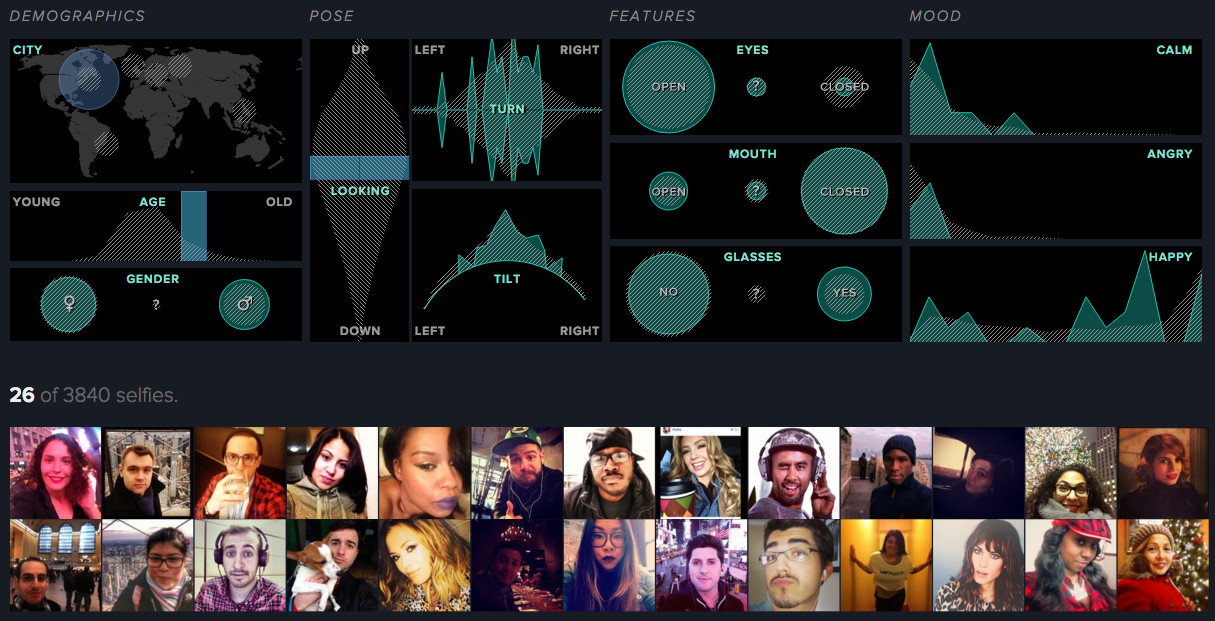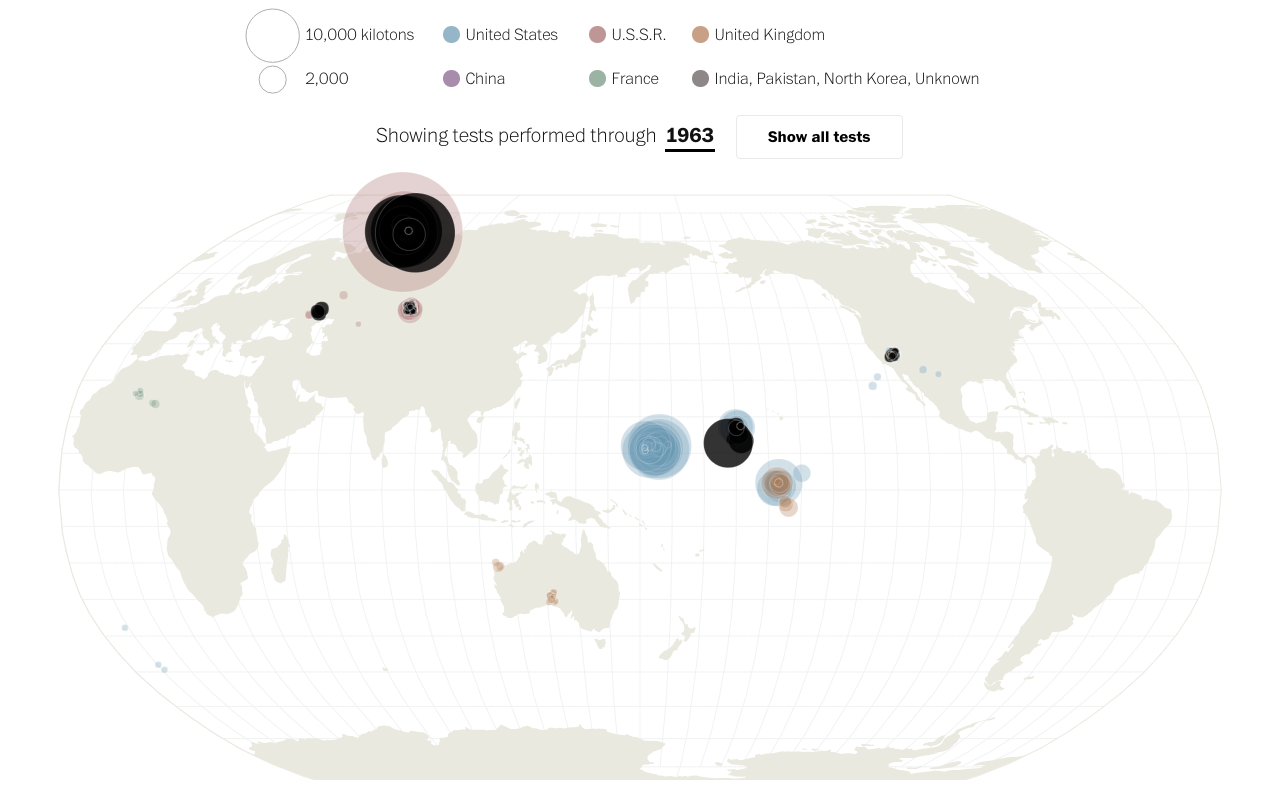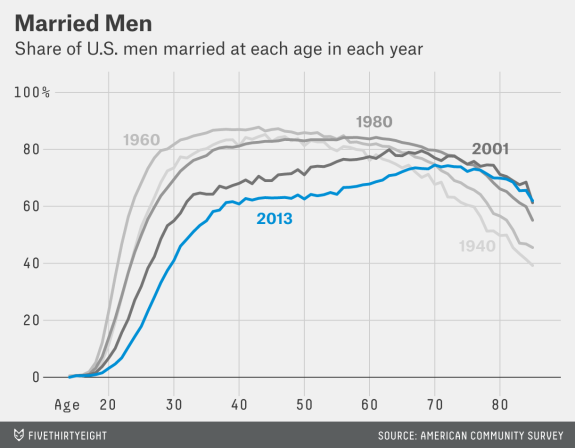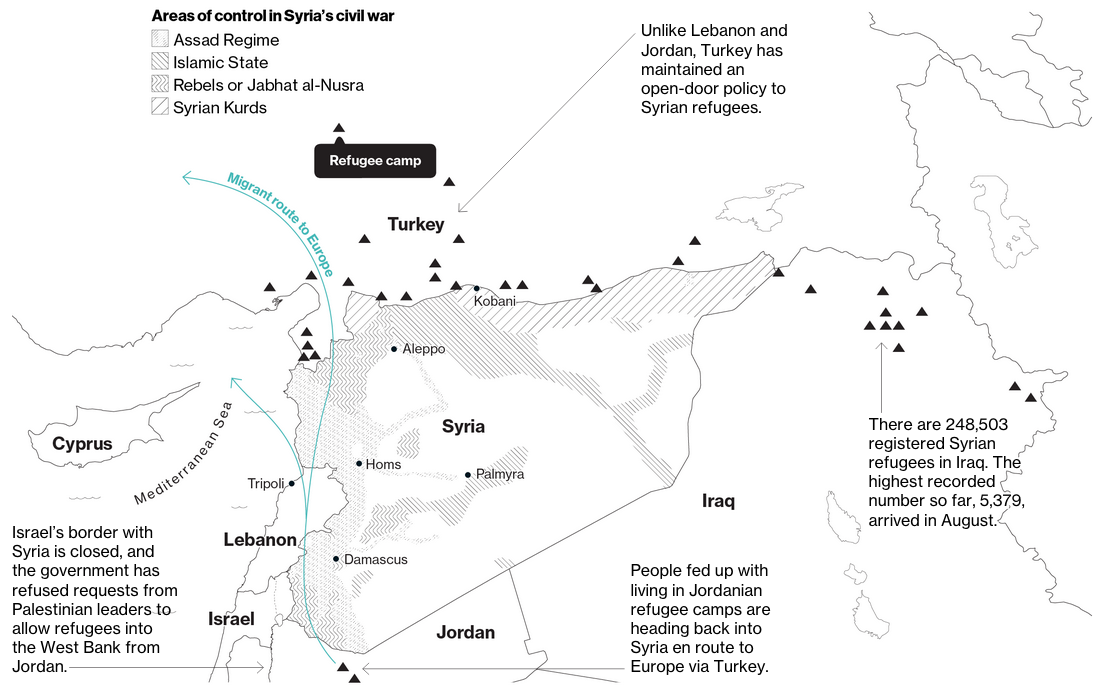Yesterday we looked at the Economist’s work on breaking down the Sunni and Shia split throughout the Middle East. Let’s take a look at that again today, especially since the world’s largest Muslim nation dealt with a terror attack overnight. That’s right, Indonesia is actually the world’s largest Muslim country and it is also largely secular in nature. But, back to the Middle East where the New York Times put together an article exploring the two power blocs and the religious affiliations within.
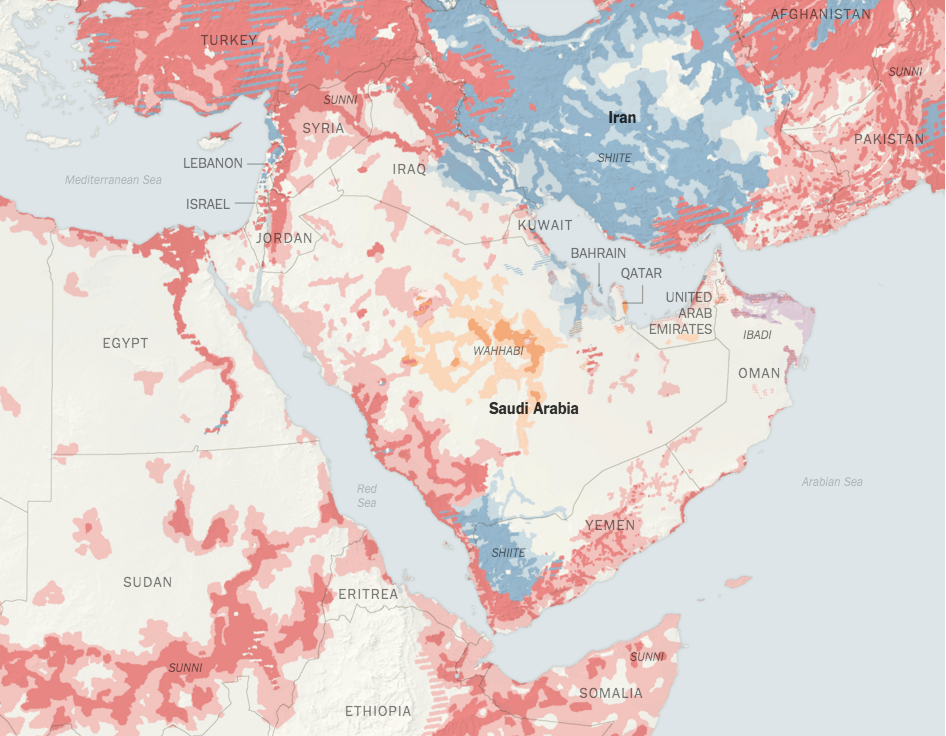
The map provides a bit more detail on a few different sects that are relevant, especially the Wahhabists in Saudi Arabia.
Credit for the piece goes to Sarah Almukhtar, Sergio Peçanha, and Tim Wallace.


